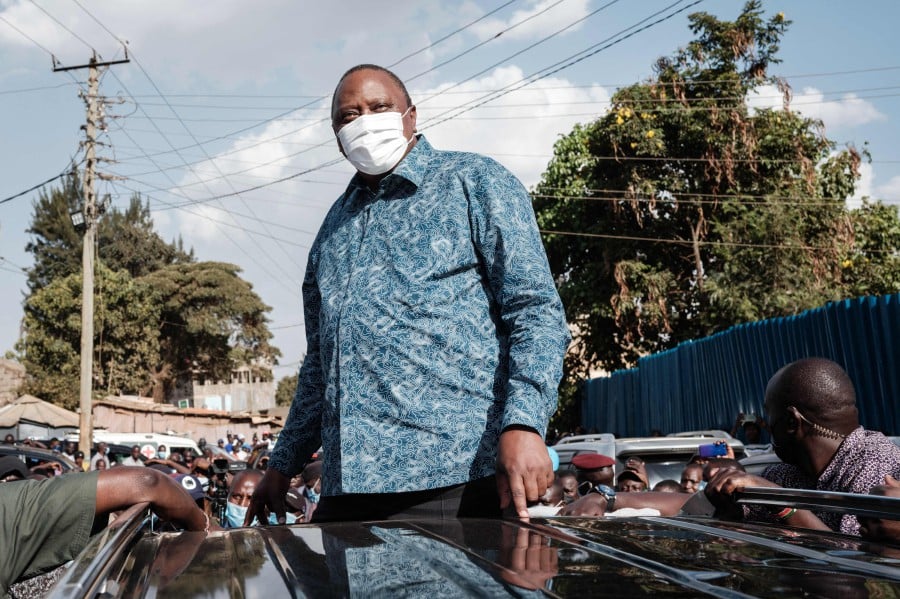
NAIROBI, Oct 2 (NNN-AGENCIES) — At least 2.4 million people risk going hungry by November as drought ravages northern and eastern Kenya, a nearly threefold increase from last year, the World Food Programme said.
The East African country has been hit by an accumulation of calamities in recent years, including a locust invasion in December 2019 and poor rainfall in 2020 and 2021, which has left the arid northern and eastern regions facing an emergency.
President Uhuru Kenyatta declared the drought a natural disaster last month, with 2.1 million people already grappling with hunger, according to the National Drought Management Authority (NDMA).
The WFP’s alarming projection is nearly three times the figure recorded last year between October and December, when 852,000 people were facing severe food insecurity, the UN agency said.
“This drought comes right on the back of Covid-19 which has had a tremendous economic impact on livelihoods. It comes on the back of locusts and, in some areas, floods,” WFP representative and country director Lauren Landis said.
“We’re desperately worried that the next short (rainy) season coming in October will also fail and that means then we’re going to be in (an) extremely dire situation,” she said.
“I fear we’re going to reach the level of 2017, our last big drought here in Kenya. I think we’re looking at 2.5 million people in the coming months that will be affected.”
The crisis has already left vulnerable populations reeling, the WFP said, with over 465,200 children under five and more than 93,300 pregnant and breastfeeding women suffering from acute malnutrition in Kenya’s worst-affected counties.
The food and water shortages have also severely affected the ability to farm crops and rear livestock, raising the risk of violence as people compete for access to land and essential supplies.
“Drought brings together a conflict for resources. Everyone is searching for water, everyone is searching for feed for livestock, farmers are trying to still grow crops, all doing it with limited resources,” said Landis.
“We’ve already seen (violence) in many places in Kenya and I sense it will only get worse.”
The WFP has appealed for US$139 million in fresh funding to tackle the humanitarian crisis.
“That’s simply for getting us through to the next rainy season. Should that rainy season fail, the needs will be even higher,” Landis warned. — NNN-AGENCIES



